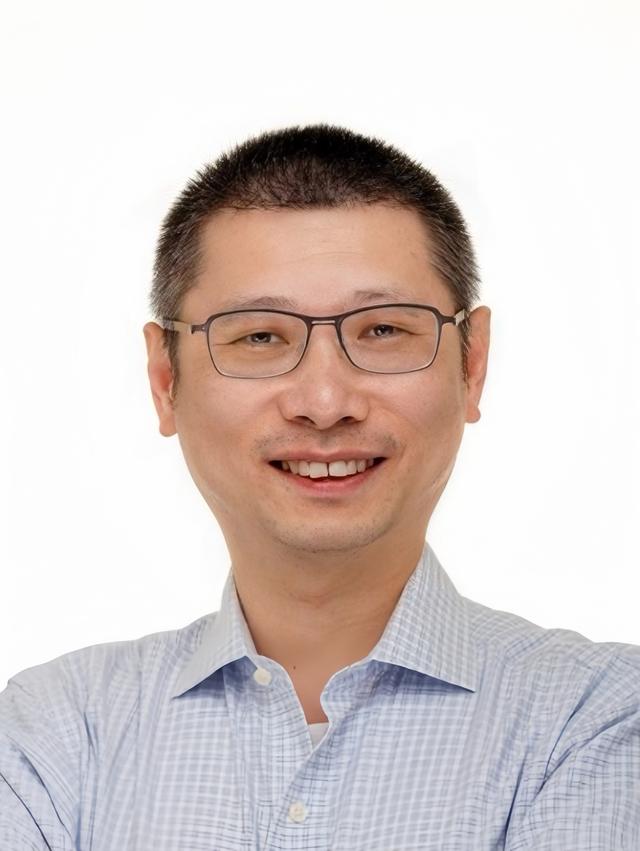On the morning of November 8, Esam Elashmawi, chief strategy and marketing officer of Lattice Semiconductor, and Jerry Xu, president of the Asia-Pacific region, accepted reporters from the media including "Daily Economic News" (hereinafter referred to as NBD) at the CIIE. Group visit.
Lattice is the world's leading company in the field of FPGA (Field Programmable Gate Array), especially good at low-power FPGA chips. It mainly provides intelligent interconnection solutions based on low-power FPGA, video ASSP (audio and video special standard products), 60GHz (GHz) millimeter wave wireless technology and various IPs, serving global consumer electronics, communications, industry, computing and car market.
NBD: Lattice made its appearance at the China International Import Expo. How do you think the development of embedded FPGAs in the Chinese market has been over the past year? What do you think of the future development trend of embedded FPGA in China?
Xu Honglai (Jerry): The applicable fields of FPGA will become wider and wider. Nowadays, domestic product homogeneity competition is becoming more and more fierce, but FPGA, as a programmable device, is programmable at the hardware level. Therefore, if customers want to innovate, FPGA is a very ideal tool that can bring more innovation opportunities to customers.
In the past few years, we have exchanged ideas with many customers about innovative applications of FPGAs, especially in the automotive industry. We have two products on display this time that are used in the automotive industry, namely Local DIMming and CMS. If customers use ASICs (application-specific processors) to apply these technologies to factory-produced products, it will take a long time to wait for ASIC development, and FPGAs can provide faster solutions. In addition, if you want to use ASIC in your product, you must have a large enough production volume, otherwise the cost will not be recovered. FPGA is different. It can be reprogrammed and only needs to develop a new function to quickly apply it to the customer's production needs. In other words, FPGA can bring immediate innovation effects to customers, giving customers' products significant differentiation advantages in the market.
In this way, FPGA can be used to help customers achieve innovation, which is the key to FPGA bringing differentiated advantages in the Chinese market.

Jerry Xu, President of Lattice Asia Pacific. Image source: Photo provided by interviewee
NBD: In recent years, has Lattice’s layout and investment in AI (artificial intelligence) focused on something? What is the current layout and technology accumulation in the field of artificial intelligence?
Esam: Our AI strategy has three core parts. First, we are committed to supporting enterprises building AI dedicated servers. For example, servers from Nvidia, Intel and AMD all require management, control and security features, which is where Lattice's opportunity lies. We have made good progress in the AI-related server market. It should be emphasized that we are not directly engaged in AI development, but focus on supporting the operation of AI servers.
Secondly, another important strategic layout of ours in the field of AI is to participate in the control path of AI. Take Mazda's safety-critical Advanced Driver Assistance System (ADAS) for commercial vehicles as an example. We are responsible for ADAS-related functions, including aggregating data from cameras and other sensors, preprocessing the data, and then sending it to the computing unit for AI processing. This area is also an important market development opportunity for us, and we provide such services to many automotive companies committed to ADAS technology.
Finally, another advantage we have in the AI field is implementing AI functions directly on Lattice devices. For example, related client devices are equipped with AI chips powered by Lattice that can perform tasks such as face recognition and person recognition, and can even detect whether someone is standing behind you and looking at your screen. We handle many AI functions directly on these devices.
We have also developed a number of AI applications in the Chinese market, especially in the fields of agricultural intelligent AI and object detection. In China, Lattice devices are widely used to support object detection and classification in the manufacturing industry.
In general, we focus on low-power AI. We're not chasing the highest performance, we're supporting high-performance systems. The type of AI that Lattice does is low-power edge AI, that is, edge AI applications.

Esam Elashmawi, Chief Strategy and Marketing Officer of Lattice. Image source: Photo provided by interviewee.
NBD: Given the current development trend of the semiconductor industry, how does Lattice view the future market competition landscape?
Esam: I have been working in the semiconductor industry for 36 years. In these 36 years, I can see that competition has always existed and is inevitable. Competition is actually good for our industry because when competition exists, it forces companies to think about how to do their jobs harder and more efficiently, and how to make better products.
So, competition is a good thing for the entire semiconductor industry. The best way to deal with competition is to innovate and launch new products. This is not just product innovation, but also innovation in the way we serve customers.
Just like Lattice having a local team in China, it is a differentiated innovation way for us to help customers. Therefore, in the face of ever-present competition, every company needs to innovate and operate quickly, listening to customer needs while ensuring that they provide quality service to customers.
Xu Honglai (Jerry): The Chinese market is an important strategic layout for Lattice. Today, Lattice not only has access to a wide range of information about the European and American markets, including their research and judgment on technology and future trends; it can also see that the Chinese market is far more rapid than Europe and the United States. Because of this, Lattice is able to integrate information from both aspects to determine the direction of product and solution development, thus enhancing the market competitiveness of Lattice products.
Overall, Lattice still has certain competitive advantages in the Chinese market. We are able to combine the advanced technology of the international market with the specific needs of the Chinese market to comprehensively optimize our products, making us more competitive in the market.